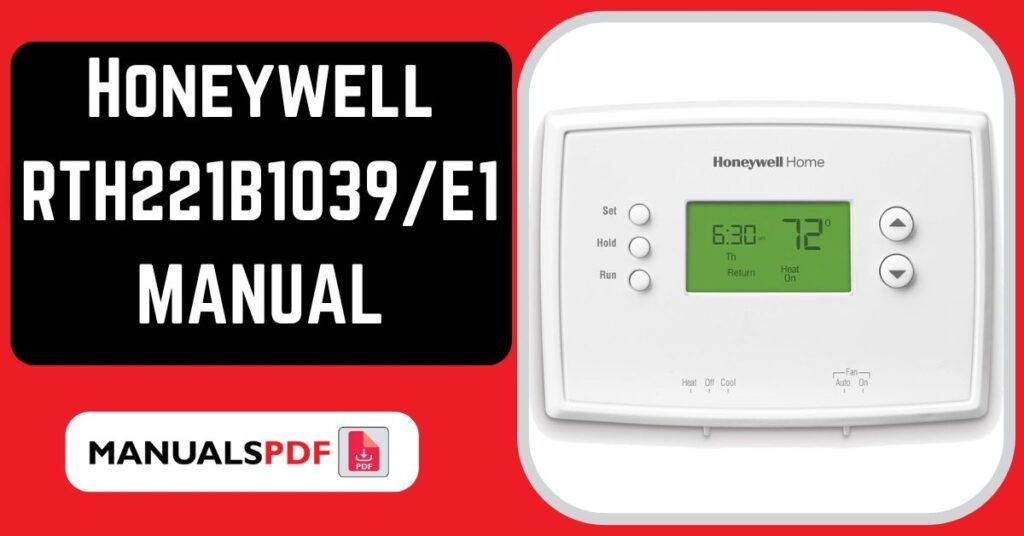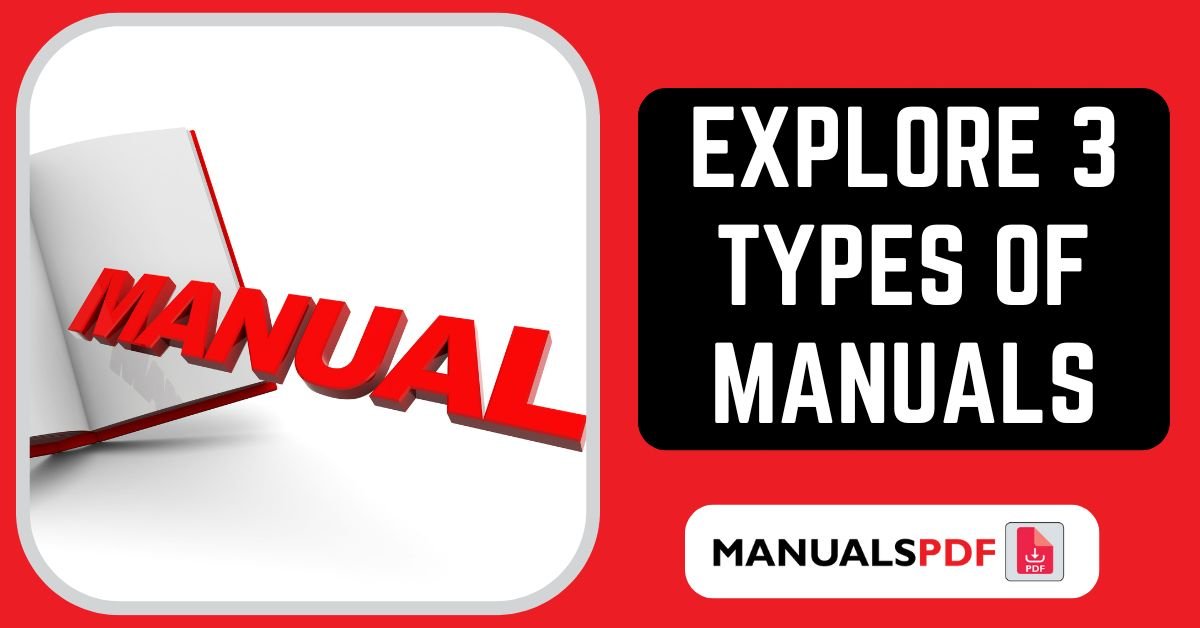Manuals have for decades formed the basis of communication of information in many industries. These documents serve as useful manuals that provide procedures on how to use or operate a product, system, or procedure, explanations, and key information that will enable one to understand how to use it correctly. It is impossible to overemphasize their significance, as they guarantee that users can use complex tools, programs, and procedures properly and safely.
Manuals have been in existence since the early ages when people used written instructions, which they inscribed on tablets and papyrus. Thus, manuals have changed their appearance and content over centuries and adapted to new technologies and the contemporary world.
Manuals were incorporated and distributed more easily due to the introduction of the printing press. The emergence of the digital age also changed the way manuals are written and read and manuals in PDF format emerged as the most popular one because of their shared ability and compatibility.
Today manuals cannot be excluded in such spheres as engineering and manufacturing, software development, and even in the sphere connected with consumer electronics. They are extremely useful to inexperienced end-users and professionals as they minimize the time needed to learn the system and guarantee that all the functions will be used correctly and safely. Among the mentioned documents, user manuals are especially important for customers since they help to get the most out of the purchased products and use them for as long as possible.
There are three major types of manuals including user manuals, technical manuals, and operating manuals. Let’s explore these three different manuals in detail.
Table of Contents
User Manuals
They are important documents that help the final consumers on how to use a product or service safely and efficiently. These manuals are highly crafted to provide detailed information that can suit low-level technical persons. The main goal of user manuals is to simplify the interaction of a user with a product by explaining its operational mechanisms, offering problem-solving recommendations, explaining possible dangers, and addressing the most common questions (FAQs).
One of the most important elements of a user manual is the section of instructions divided by steps. This part of a given operation divides the whole process into simpler tasks, which are easily understandable, and in most cases, the explanation is supported by illustrations.
For example, in the field of consumer electronics, an operating manual of a smartphone could contain guidelines on how to set up the smartphone, how to connect it to the Wi-Fi, and how to use the basic features of the smartphone such as the camera and applications.

Tips on how to solve common problems are still another important component of manuals which can be considered as a separate type of text. These sections help to offer the users possible solutions to the issues they may face, thus preventing them from getting angry and needing assistance from the customer support service.
For instance, a software user manual might contain a troubleshooting part where problems like installation of the software, connection and other related problems, and how to make the software run faster among others are discussed.
This is important because safety warnings cannot be done whenever there is a product that is likely to cause harm if used in the wrong way. These warnings serve as a way of letting the users know of various dangers and the measures that need to be taken. A manual of a washing machine in household appliances may include instructions to not overload the machine and consequences of using the wrong detergent.
The use of FAQs is intended to answer some of the questions that users may have, which is a bonus to the manual. This section saves time by responding to common questions that a user might have. For example, a user manual of a digital camera might contain frequently asked questions like, how long does the battery last, what type of memory card do I use, how do I maintain the camera, etc.
Technical Manuals
Technical manuals can be considered essential tools for the specialists who are to install, maintain, or repair products. Their main function is to convey precise technical data and guidelines, allowing the user to complete their tasks correctly and quickly. These manuals are frequently used in industries where high levels of accuracy are required for work, for example, aerospace, automotive, and industrial equipment industries.
A technical manual can be said to consist of several components and one of the most important of these components is the schematics. Schematics are diagrams that show the components of a product and how they are connected; hence, technicians can get an idea of the internal structure and workings of a product. Technical features are also important as they provide specific information about the characteristics of the product including size, materials, and operational characteristics. These specifications are important to maintain compatibility as well as to follow the standards of the industry.
The other main component of technical manuals is installation guides. These guides provide procedures on how to use the product and include tools required, precautions to observe, and the sequence of operations. It is about supporting the installation process to make it as easy as possible and to reduce the probability of mistakes or equipment damage. In the same way, maintenance processes are clearly described to maximize the product’s durability and efficiency. These procedures include; checkpoints, basic solutions, and problem-solving measures.
The role played by these manuals is very crucial and this calls for technical precision and simplicity in the manuals. Incorrect or ambiguous data can result in operational problems, safety risks, and downtime, which is especially unprofitable in aviation and automotive manufacturing. Thus, the technical manuals are carefully checked and revised to include recent information about the product and the requirements of the particular field.
Operations Manuals
These documents are very important in organizations and are used to facilitate the smooth running of an organization through the provision of guidelines on how different operations are to be carried out. These manuals deal with such areas as internal practices, policies, and procedures which offer a systematic way of managing daily activities. Fundamentally, operations manuals are tools that are used to ensure that work processes are consistent and that any losses, mistakes, or issues with quality are kept to a minimum in different departments.
An operations manual should contain Standard Operating Procedures (SOPs) as one of the major parts. These are written procedures that describe the sequence of activities required in the accomplishment of particular tasks. When employees are implementing SOPs, they are well aware of the tasks at hand and how they should be performed, thus, minimizing variation in the quality of work. For instance, in the manufacturing industry, the SOPs may include how to maintain the machines to have them safe and functional.
Another important component of operation manuals is the use of the so-called ‘’workflow diagrams’’. These graphic displays help the organization to map out the assignments and activities that are accomplished in the organization and this assists employees to visualize the roles that they perform about the organization’s functioning. In the context of the healthcare industry, workflow diagrams can define the processes of the admission of patients, and it would be easy to determine all the necessary steps that need to be taken to provide optimal care.
Other components of operations manuals include compliance regulations. These guidelines help in maintaining compliance with the set industry standards and the laws of the country. For example, in the context of the hospitality industry, the term operations manuals may include detailed food safety and hygiene policies, helping establishments meet public health regulations and maintain customer trust.

